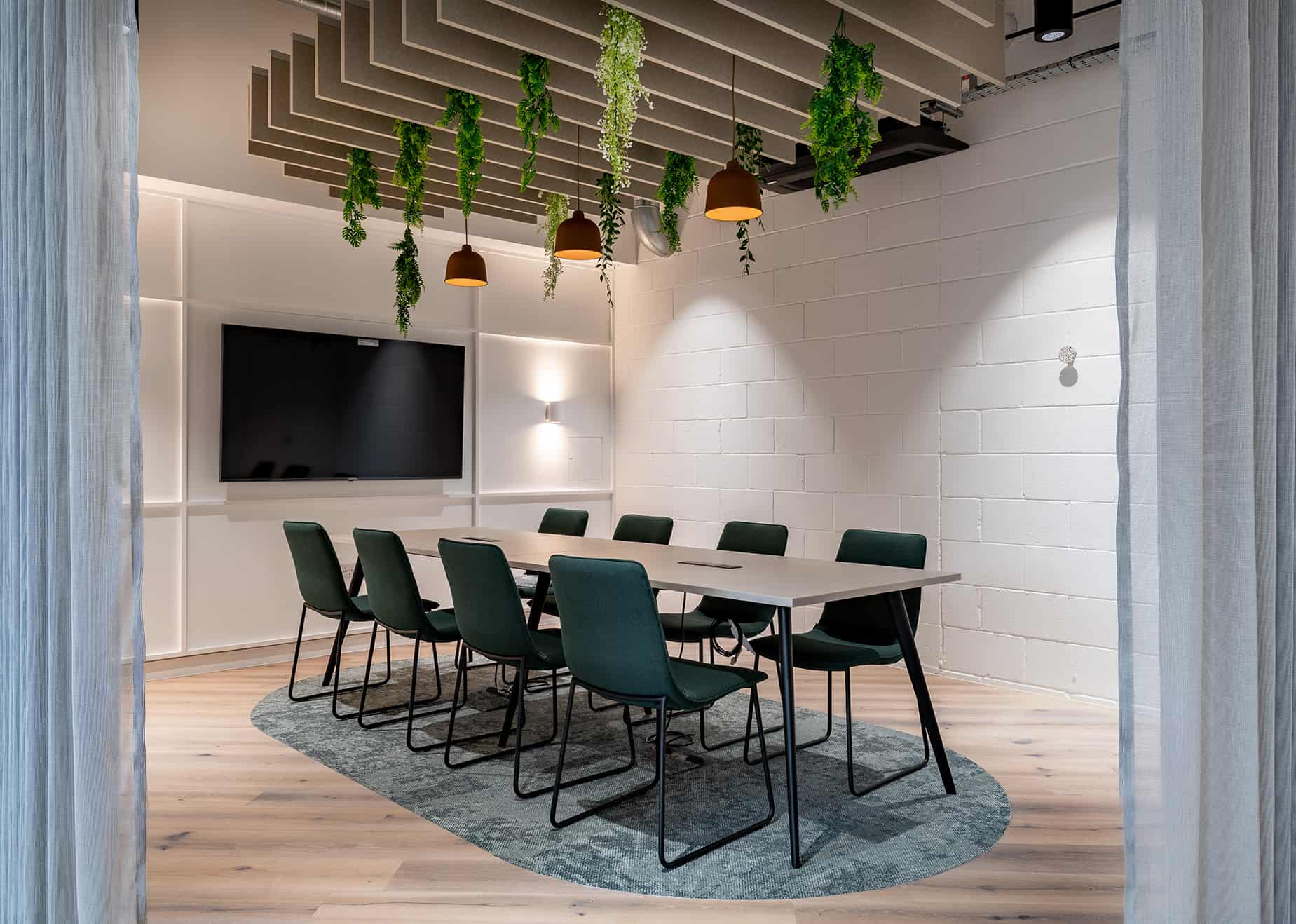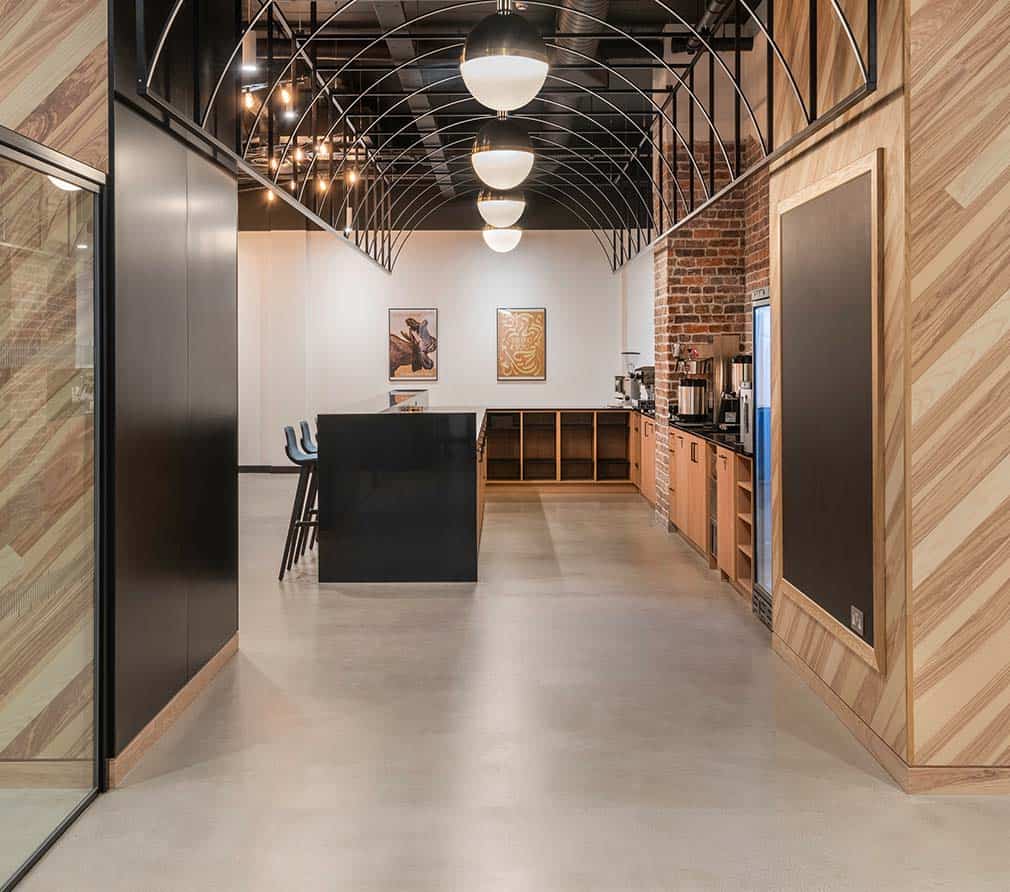The common trend in today’s workplace is to make everything open plan. This trend is making it easier for teams to work together, fosters collaboration, and can make the office a more comfortable place to live and work.
However, this new trend isn’t the best for giving people some sense of privacy when they come into their 9-5.
As we start to tear down walls, create more common spaces, and encourage more collaborative work, what does this mean for staff wellbeing and productivity? This is what we’ll be exploring in the following article.
The importance of privacy in the office
Although many studies have shown that open plan workspaces can help foster creativity in a weary workforce, a lack of privacy can also have a big impact on someone’s productivity and motivation levels.
When people find themselves in offices where there is constant stimulation, overcrowding, and excessive noise, it can be hard for them to focus. This can quickly result in mental and emotional fatigue.
Data-driven tasks and other work that requires a lot of concentration and attention to detail are often best performed when the employee is able to focus completely – so being in a crowded office of teams trying to have collaborative communication isn’t always the best environment to be in.
Ultimately, having some privacy in the office where you’re able to get work done, and have some time to yourself, away from face-to-face conversation, can have a range of benefits.
How to improve privacy in the workplace
Ultimately, every employee has a completely different working style. The ideal office design will create a range of spaces that benefit everyone.
Some people want to work in an open space and should be given areas where they can mingle with colleagues in a bustling environment. Others want to have some sort of privacy and should be provided with breakout rooms, and other quiet spaces where they can peacefully carry out their tasks.
Designing your ideal office
When it comes to design, there are four key types of privacy that should be considered when designing an efficient workplace:
1. Acoustic privacy
2. Visual privacy
3. Territorial privacy
4. Informational privacy
These types of privacy manifest themselves in different ways within the office but, to achieve all four with your interior design, you can consider implementing some of the following:
● Providing quiet zones or secluded spots throughout the office that people can retreat to when open plan working isn’t ideal.
● Create layouts that encourage visual privacy, where people can feel like they’re not being seen, through things like soft furnishings, hanging partitions, or large plants.
● Creating ‘neighbourhoods’ within the office, so people have a set area they live in every day, even if it’s not assigned seat.
● Think about areas where people can discuss confidential work details outside of the main office space e.g. private booths.
Creating an office that works for a wide range of employees is difficult, but not impossible when you have the right team behind you.
Get in touch with us today if you want to create an office that works for you and your employees.








